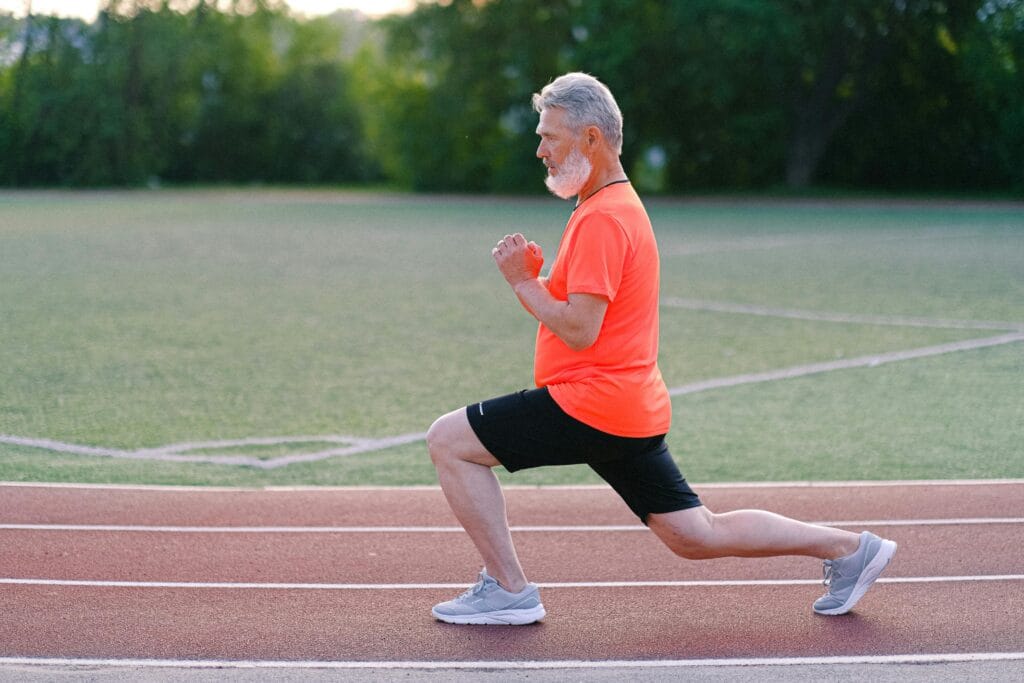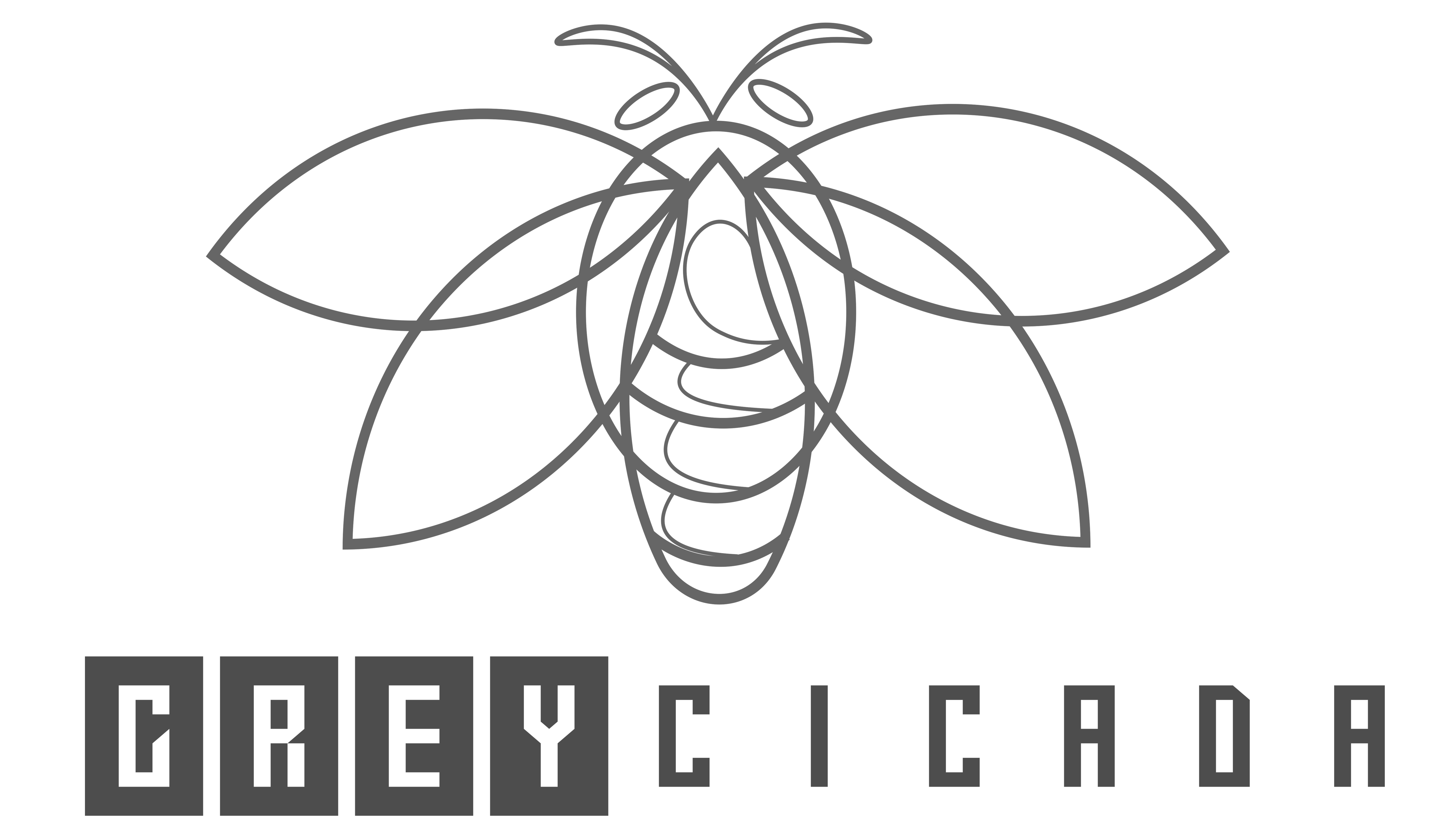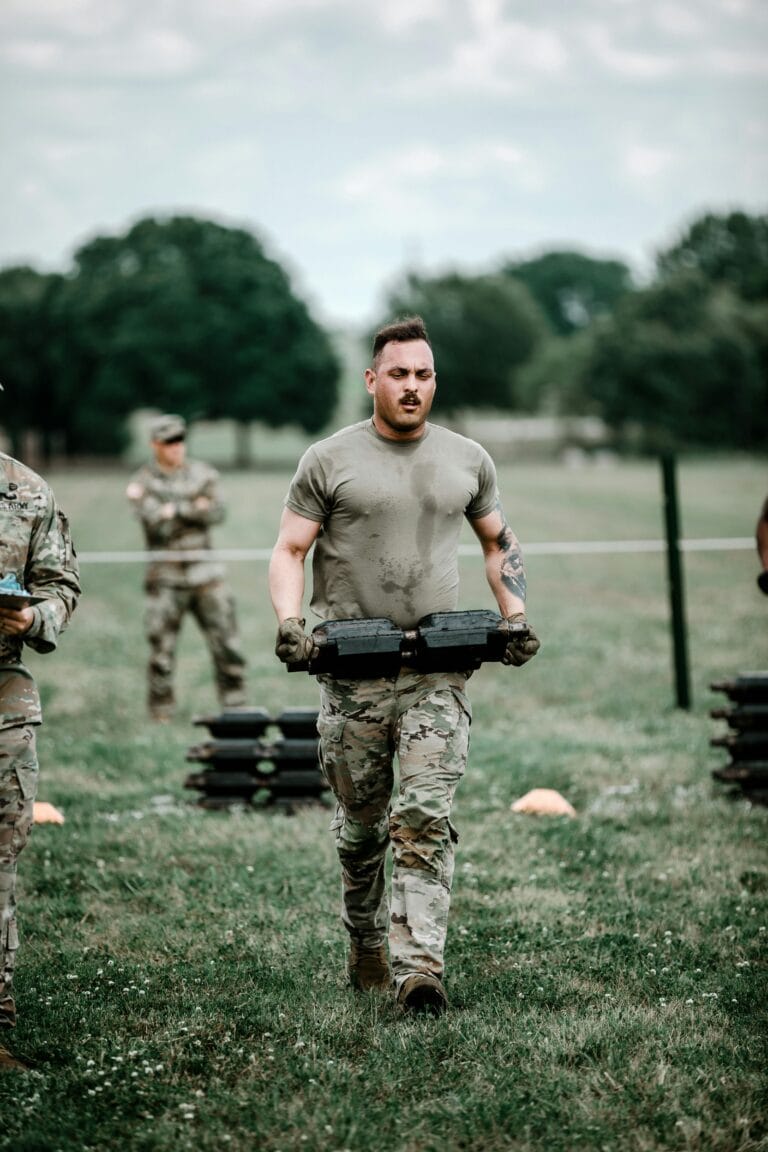FREE SHIPPING OVER $50
The HIIT Routine Seniors Swear By for Staying Strong, Lean, and Energized

For many people over 60, the term HIIT (High-Intensity Interval Training) conjures images of twenty-somethings doing high-impact burpees and sprinting until exhaustion. As a result, many seniors dismiss HIIT as too risky or too intense, sticking instead to long, slow walks or light stretching. While low-impact cardio is certainly beneficial, it often fails to provide the critical stimulus needed to fight two major challenges of aging: sarcopenia (age-related muscle loss) and a slowing metabolism.
However, a growing number of fitness and longevity experts have refined the HIIT concept, creating a low-impact, incredibly efficient routine that safely delivers the maximum anti-aging benefits. This specific HIIT routine has become the go-to strategy for active seniors who want to remain strong, lean, and genuinely energized. By using short bursts of intensity followed by brief rest periods, this method triggers powerful hormonal responses that traditional exercise simply cannot match, all without putting excessive strain on the joints.
Why HIIT is the Anti-Aging Workout of Choice for Seniors
The reason this specific HIIT routine works so well for seniors is that it targets the underlying causes of declining strength and energy far more effectively than steady-state cardio.
1. The Hormonal Powerhouse
HIIT’s brief, intense bursts of movement trigger the release of key anti-aging hormones that decline sharply with age, most notably Human Growth Hormone (HGH).
- The Benefit: HGH is essential for muscle repair, fat metabolism, and maintaining bone density. Studies show that short, high-intensity exercise is one of the most effective natural ways to stimulate HGH release, helping seniors stay lean and strong.
2. Boosting Mitochondrial Function
Your mitochondria are the energy factories of your cells. As you age, they become less efficient.
- The Benefit: HIIT puts a stress on the cells that forces the mitochondria to become more resilient and even multiply. This is the real reason seniors feel more energized after adopting a HIIT routine—they are improving their cellular energy output.
3. Efficiency and Time
The entire HIIT routine typically takes only 15 to 20 minutes, including the warm-up and cool-down. This short commitment makes it easy to stick to consistently, which is the ultimate secret to long-term fitness success.
The Core 4 Low-Impact HIIT Routine Seniors Swear By
The safest and most effective HIIT routine for seniors focuses on compound, low-impact movements that minimize jumping or pounding on the joints. The protocol is simple: 40 seconds of intense effort followed by 20 seconds of rest (a 2:1 work-to-rest ratio). Repeat the entire circuit 3 or 4 times.
1. High-Knee March (The Cardio Starter)
This replaces high-impact running with powerful marching to elevate the heart rate safely.
- Action: Stand tall, lift your right knee toward your chest while driving your left arm forward, then switch quickly. Keep your core engaged and maintain quick, rhythmic movement. The intensity comes from speed, not jump height.
- Target: Cardiovascular health and core activation.
2. Wall Push-Ups (The Upper Body Strength Builder)
This safely stimulates the chest, shoulders, and triceps, which are crucial for maintaining upper body strength and mobility.
- Action: Place your hands slightly wider than shoulder-width apart on a sturdy wall. Lean toward the wall, keeping your body in a straight plank line from head to heels. Push back quickly. Adjust your feet closer to the wall to decrease intensity, or further away to increase it.
- Target: Upper body strength and pushing power.
3. Box Squats or Chair Squats (The Independence Guarantee)
Squats are the most important functional movement for preserving independence—they allow you to stand up easily.
- Action: Stand in front of a sturdy chair or box. Slowly lower your hips back until you lightly touch the seat, then explode back up quickly. Do not sit completely; use the chair as a guide. The fast ascent builds the power needed to prevent falls.
- Target: Lower body strength, power, and fat burn.
4. Alternating Reverse Lunges (The Balance Booster)
This low-impact move is excellent for muscle building and drastically improving balance without stressing the knees.
- Action: Step backward with one foot and lower your hips until both knees are bent at 90 degrees. Push off the back foot to return to the standing position. Alternate legs quickly. Use a sturdy chair or counter for balance if needed.
- Target: Balance, coordination, and leg muscle strength.
The Full Routine Protocol (15 Minutes)
| Phase | Time | Activity | Notes |
| Warm-Up | 3 minutes | Light marching, arm circles, hip circles | Prepare the joints and muscles. |
| Set 1 (Work) | 4 minutes | 40s High-Knee March / 20s Rest, then 40s Wall Push-Ups / 20s Rest, then 40s Box Squats / 20s Rest, then 40s Reverse Lunges / 20s Rest. | Push your intensity during the 40 seconds. |
| Recovery | 1 minute | Walk slowly or stretch lightly. | Essential rest between circuits. |
| Set 2 (Work) | 4 minutes | Repeat the Circuit. | Focus on maintaining form despite fatigue. |
| Set 3 (Work) | 4 minutes | Repeat the Circuit. | This is where the biggest hormonal boost occurs. |
| Cool-Down | 3 minutes | Gentle stretching (hamstrings, quads, chest). | Bring the heart rate down slowly. |
Total Time: 19 Minutes
Mastering the Intensity: How to Stay Strong and Safe
The key to safe and effective HIIT is understanding that “high-intensity” is relative. For a senior, it means pushing your effort level to about an 8 out of 10 during the 40-second work period, where you are breathing hard but can still talk in short phrases.
Focus on Form Over Speed
Never sacrifice good form for speed. Especially during the Box Squats and Reverse Lunges, maintaining proper joint alignment is crucial to prevent injury. If your form breaks down, slow down or increase the rest period immediately. Consistency with perfect form is what works in the long run.
Listen to Your Body
If you are new to exercise or HIIT, start with only 2 sets and a 1:1 work-to-rest ratio (30 seconds work / 30 seconds rest). Gradually progress as your fitness level improves. The goal is to build long-term strength and energy, not achieve one perfect, agonizing workout.
The Benefits of Consistency: Lean, Strong, and Energized
Committing to this HIIT routine just 3 times per week yields dramatic, measurable health improvements that contribute directly to the desired outcomes of staying strong, lean, and energized.
Staying Lean (Fat Loss)
HIIT excels at promoting fat loss due to the Afterburn Effect (Excess Post-exercise Oxygen Consumption, or EPOC).
- The Benefit: After an intense HIIT workout, your metabolism remains elevated for hours as your body consumes oxygen to restore its internal systems. This means you continue to burn calories and fat long after you leave the workout area, helping seniors stay lean more easily than steady-state cardio.
Staying Strong (Power and Independence)
The power bursts built into the routine directly combat the loss of fast-twitch muscle fibers.
- The Benefit: These fibers are essential for sudden movement (like catching yourself during a stumble). This routine trains them, significantly reducing the risk of falls and preserving the functional strength necessary for independence.
Staying Energized
By improving mitochondrial efficiency and promoting HGH release, this HIIT routine provides a profound boost to daily vitality.
- The Benefit: When your cells are more efficient at producing energy, daily tasks require less effort. Seniors often report not only feeling less fatigued but also sleeping better, creating a positive feedback loop that increases overall energy levels.
Final Thoughts
The fear surrounding HIIT for seniors is rooted in outdated methods. The HIIT routine seniors swear by is a modified, low-impact, highly strategic method that requires minimal time commitment while delivering maximal anti-aging benefits. By consistently performing compound movements like the Box Squat and Reverse Lunge with high intensity and short rest, seniors naturally trigger the hormonal changes needed to stay strong, lean, and powerfully energized. This routine proves that smart fitness, not long hours, is the real reason for longevity and lasting independence.
Related Articles
- He Couldn’t Climb Stairs at 60—6 Months of Bedroom Exercises Left Doctors Speechless
- Do These 10 Exercises Regularly—They’re Proven to Help You Live Longer
- Sick of Chronic Migraines? These 6 Yoga Moves + Breathwork Could Be Your Natural Relief
- Want to Look and Feel 17 Years Younger? These 15 Anti-Aging Hacks Are Backed by Science
- The Anti-Aging Habit Hidden in a Remote Village—Doctors Say It Rewinds Your Biological Clock



